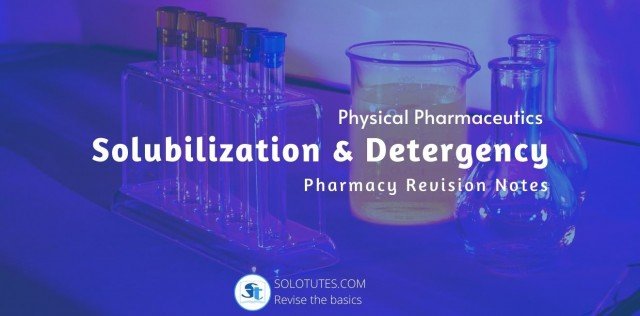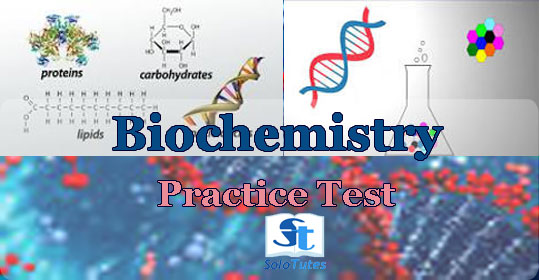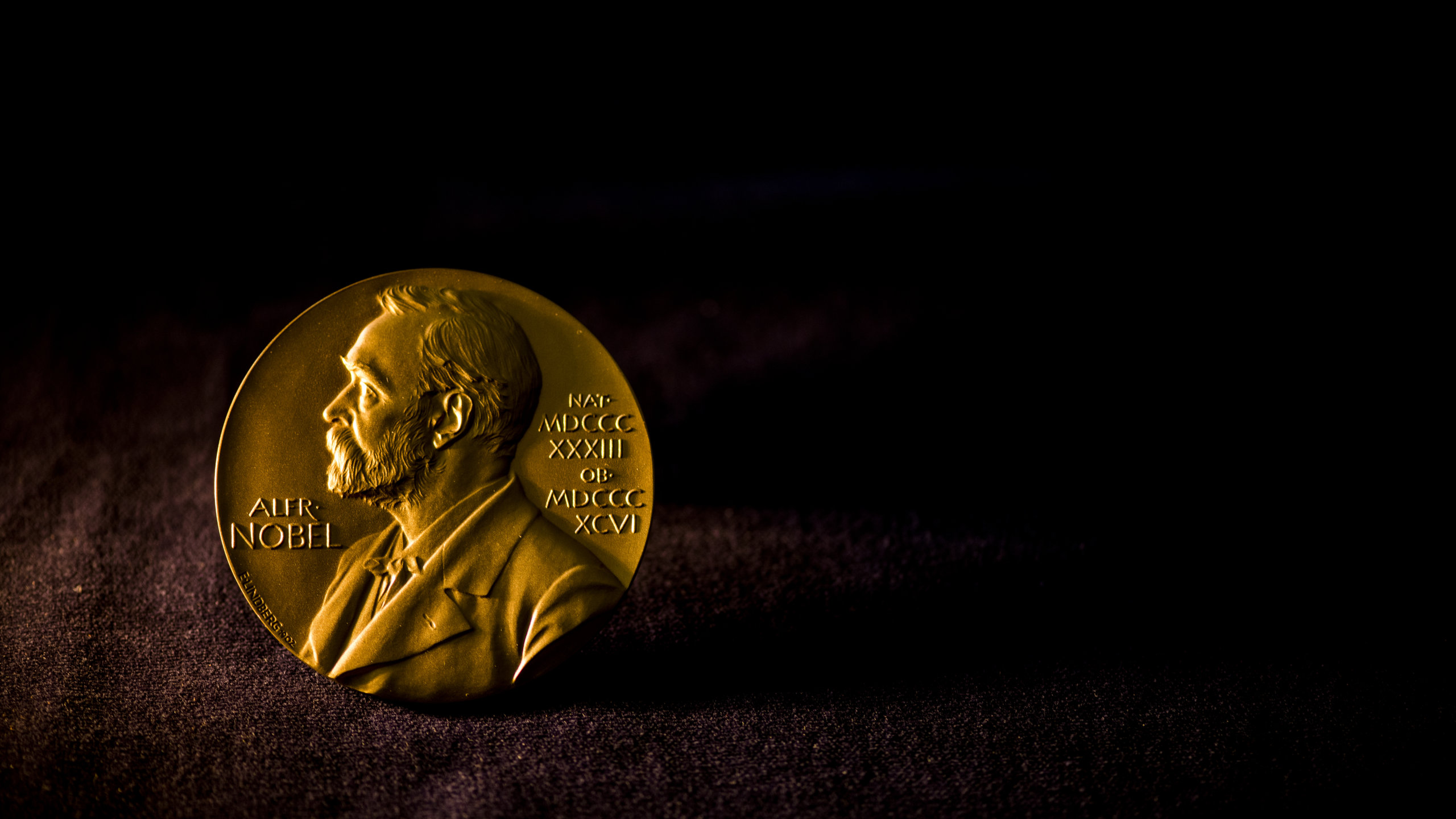SOLUBILITY OF GAS IN LIQUIDS
The amount of gas dissolved in liquid which is in equilibrium with the pure gase above the solution. A very good example is the solution of carbon dioxide in an aqueous solution of sugar, coloring agent and flavoring agent. Other examples are preparation containing dissolved ammonia and hydrochloride gas.
The solubility of gas depends on:
Temperature
Pressure
Salt present
Chemical reaction and
Micellar solubilization
Temperature and solubility: As the temperature liquid rises, the solubility of gas in liquid decreases.Decrease in the solubility of gases at higher temperature can be explained due to increase in increasing the kinetic energy of the gas molecules which resulted in breaking of intermolecular bonds and escape from the solution.
Pressure and solubility: When two or more gases are present above the liquid, each gas dissolves in the liquid independently of the other, and the solubility of each at constant temperature is directly proportional to its own partial pressure.
Henry's law Which states that at constant temperature a given quantity of a liquid dissolves the same volume of the gas at all pressures.
Henry's law is an ideal law and is obeyed by gases such as hydrogen, nitrogen and oxygen that have low solubilities and do not interact with the solvent. The gases with high solubilities at room temperature such as HI and ammonia show large deviation from the Henry's law.
Presence of salt: when the highly water soluble salt is added to the liquid saturated with gas, solubility of gas in water is reduced and consequently gas is released from the liquid. This phenomenon is also called 'salting out'. This is resulted due to high affinity of salts for the water molecules.
Effect of chemical reaction: Chemical reaction between gas and the solvent increases the solubility of gas. For example, hydrochloride gas is 10,000 times more soluble in water than in oxygen.
Effect of micellar solubilization: Micelles are formed by the surfactants at eh critical micellar concentration (CMC). Micelles are able to increase the solubility of nonpolar (less soluble) in the polar solvents. Since gas molecules are nonpolar in nature which when added to the solvent containing micelles, their solubility is increased? A very good example is the transportation of air through lungs in polar water to the tissues by the micellar transport system.
SOLUBILITY OF LIQUIDS IN LIQUIDS
The knowledge of solubility of liquids in liquids is very important as many times while the preparation of pharmaceutical liquid preparation one liquid is to be mixed with the other liquids which may either be miscible or partially miscible. Basically the solution of liquids can be subdivided into three classes:
(A)Liquids miscible in all proportions e.g., ethyl alcohol and water
(B)Liquids partially miscible e.g., water and phenol.
(c) Liquids practically immiscible e.g., chloroform and water
Liquid partially miscible: The pair of liquids commonly used in pharmacy is ether and water. Ether dissolves in water and water dissolves in ether to a limited extent and hence this pair is an example of partially miscible liquid. As we know that increase in temperature increases the solubility of one liquid into other. Thus, partially miscible liquid pair can be converted to completely miscible pair by raising the temperature.
Phenol-water system is another good example of partially miscible liquid. The (Figure 1.7) demonstrates the limits of temperature and concentration within which two liquid phases exist in equilibrium. If equal weights of water and phenol be shaken, after sometime the mixture will separate into two layers, one of which will be a solution of phenol in water and the other a solution of water in phenol.
.png)


















.jpg)
.png)







 a quick overview on Nobel Prizes
a quick overview on Nobel Prizes